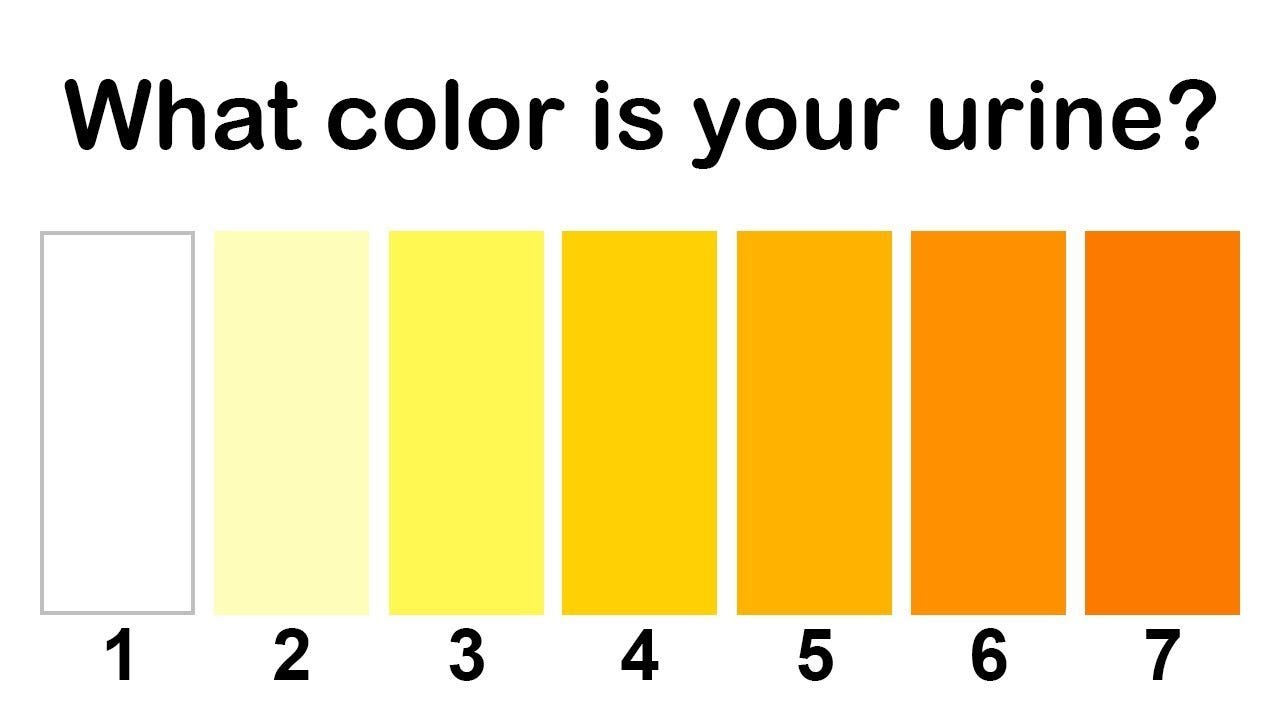- Get link
- X
- Other Apps
- Get link
- X
- Other Apps
Pee color

We see our urine every day, but usually don’t pay much attention to it unless we see something different or unexpected. Changes in urine color or odor can be a clue that something dangerous is lurking inside, or it may mean nothing at all. Here’s a guide to what you need to know about urine color.
Yellow
Normal urine is usually clear to yellow, depending on diet and hydration status. If you are dehydrated, then your urine will be more concentrated and so, darker yellow. If it is dark yellow, then you should drink more liquids. Especially in excessive heat or when out exercising, try to push fluids to keep your urine looking more like water.
Red
Red urine is most often caused by blood (hematuria). Blood in the urine can range from a red tinge to distinguishable blood, sometimes with clots. The presence of blood is not normal, even if it’s microscopic or just one time.
Even though most often blood is nothing to worry about, at least one in seven men or women who see blood will have a potentially serious problem that needs medical attention. Sources of the blood can be damage to the kidney, ureter, or bladder from something that is irritating the lining such as a stone, infection, a catheter, recent surgery or a tumor. Tumors or growths anywhere from the kidneys, bladder, or urethra can be nonmalignant (benign) or cancerous (malignant). Kidney, ureter, and bladder cancers are more common in older men and women, but can be seen in younger people, too, especially current or past smokers. Many times, these tumors cause bleeding with no other symptoms or pain.
Noncancerous prostate enlargement in men can also cause blood in the urine. This only has to be treated if the bleeding is heavy or prolonged.
If you have blood in your urine, even once, then you will need a work-up. This includes a CT scan to check out the kidneys and ureters. You should also see a urologist for a cystoscopy to look inside the bladder for any tumors or stones that can’t be seen by the CT scan.
Also, please note – some foods, such as red beets, can make urine pink, or even red. So, if you just ate a beet salad, there may not be reason to panic.
Purple
Purple urine is rare, but sometimes is seen in elderly patients who are having their bladders drained with a catheter. The purple urine indicates a reaction between bacteria and the plastic drainage bag.
Brownish, tea-colored
Brownish urine is caused from the breakdown of muscles after severe heat-related muscle damage, trauma with significant muscle injury or alcohol/drug abuse. Liver problems, such as hepatitis, can also cause brown urine, as the excess bilirubin from the liver is washed out in urine.
If you have brown urine, you need to be seen by your doctor or go to an emergency room ASAP.
Whitish, murky
Whitish urine can be seen from white blood cells with a serious urinary tract infection, most commonly with a drainage catheter left in for some time.
Orange
Orange urine is caused by some vitamins or medications such as (Pyridium, generic called phenazopyridine), taken to reduce the burning often experienced with infections.
Blue or green
Blue or green urine is most often from another medication (Uribel) that reduces irritation from infection or some bladder treatments. Amitriptyline, indomethacin (Indocin) and the anesthetic propofol (Diprivan) call also give you blue urine.
Black
Black urine is rare, but can be seen with kidney damage from certain hair dye ingredients. This is very serious and needs immediate attention.
If you have any questions, then it is always best to see your doctor to be sure that the color is not a warning sign of something more serious.
- Get link
- X
- Other Apps
Comments
Post a Comment
IF YOU ANY DOUBTS PLEASE LET ME KNOW